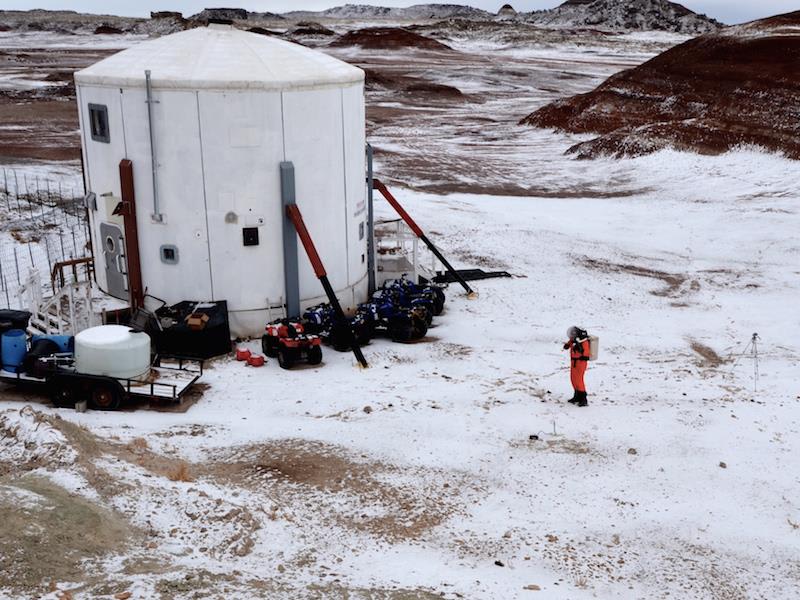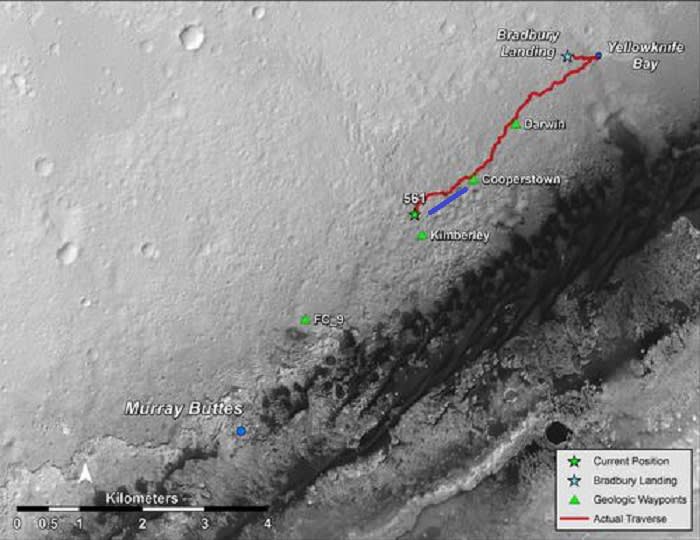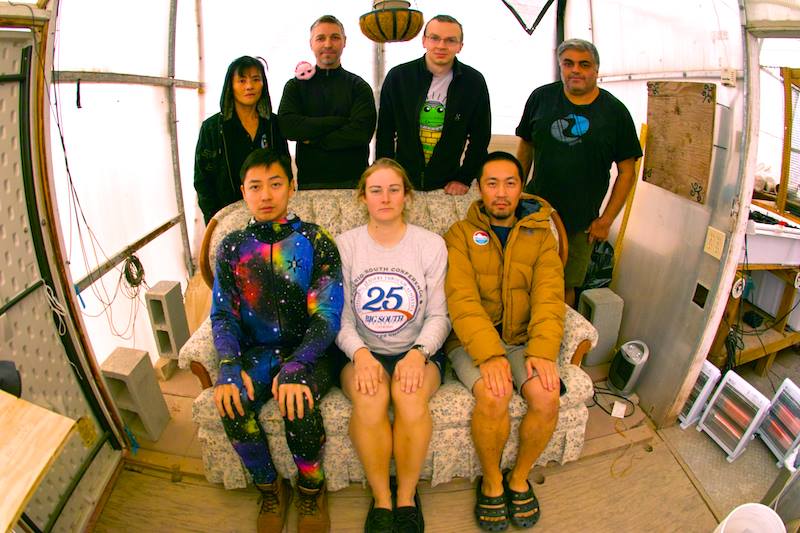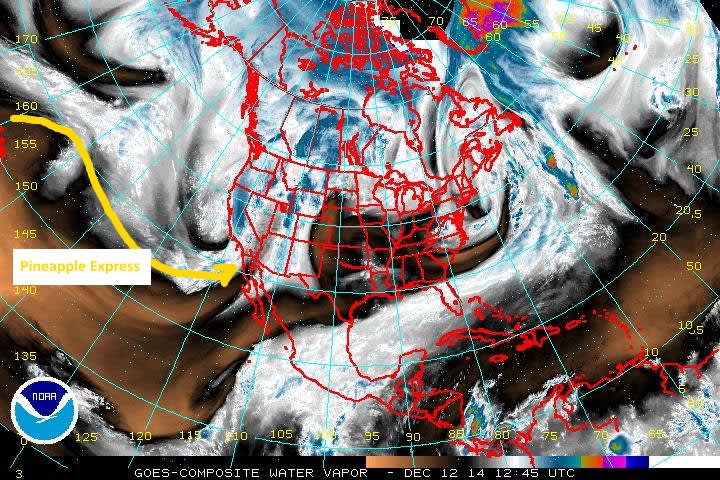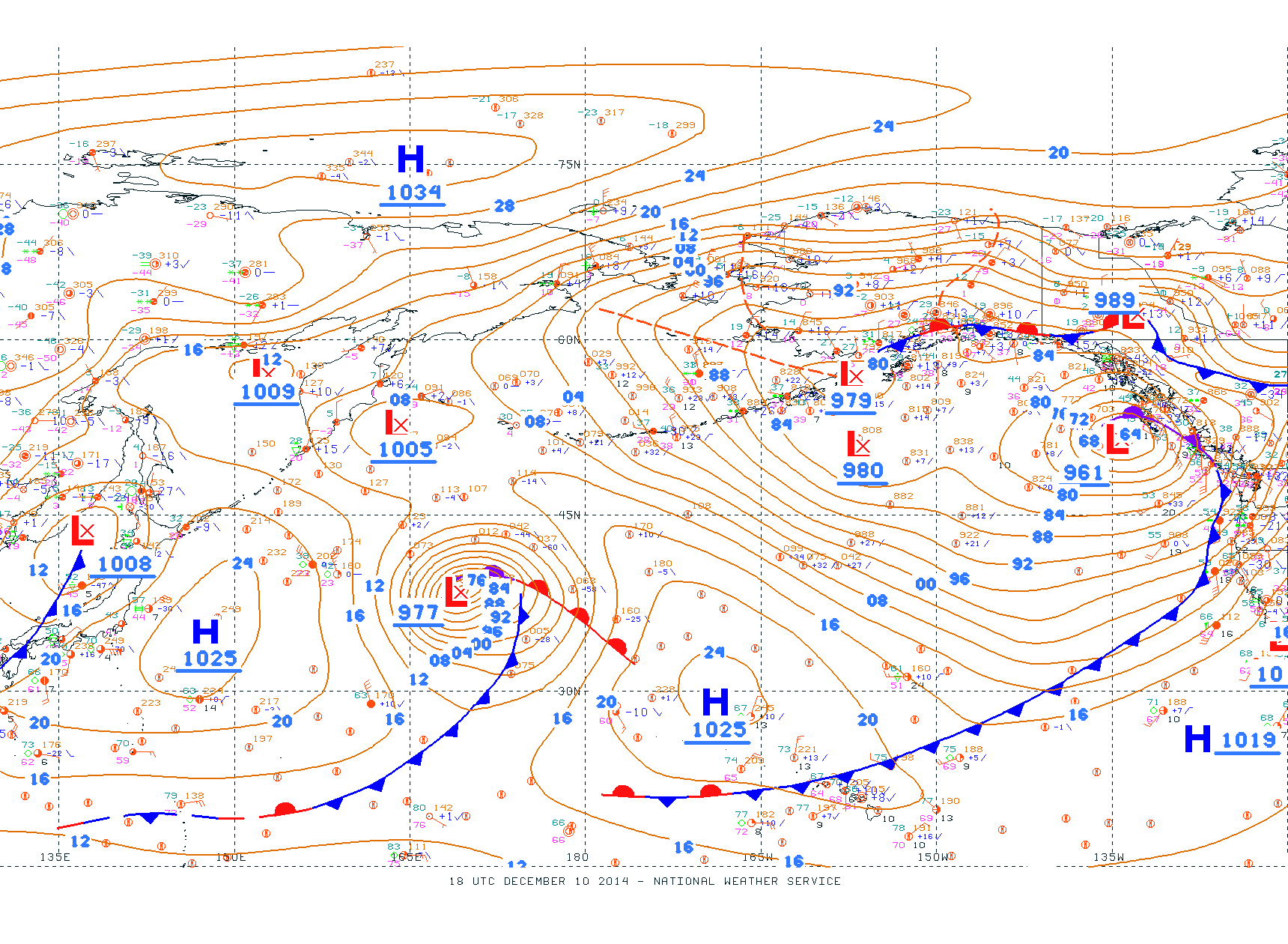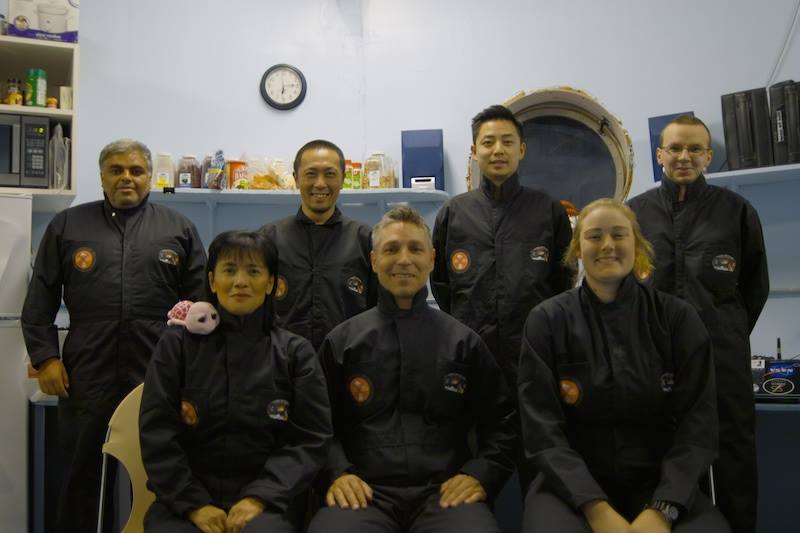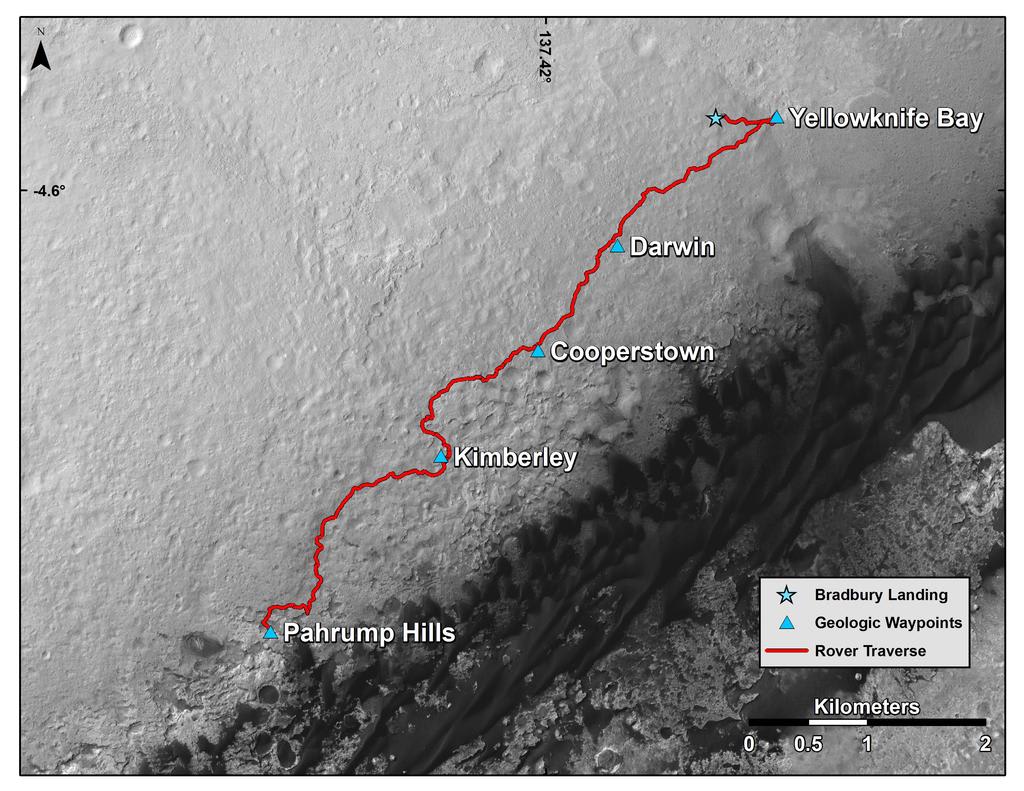
Commander Report
Gregory Leonard
12/09/14
----簡略です----
またEVA活動の再開です。何人かでヨガと禅を行いました。
1日から1日半で天候が僅かに変化しました。
いままでは雲があったのですが、高気圧で暖かく晴れた日中と寒い夜をもたらしています。これは、午前の早いEVAでは、EVAスーツの中の温度は、快適で、遅いEVAの場合は、僅かに暑い事を意味します。今日は、Gregoryさんの2回目EVAでJuhoさんとHeidiさんがチームです。09:45にエアロックを出ました。
Heidiさんが天文台でa novel pin-hole solar camera(ピンホールカメラでしょうか?)を設置したそうです。
Gregoryさんは、今回のEVAで野外活動部分を完了しました。
今日、ハブと外側の封鎖状況が一瞬破られました。
それは、1人のクルーがリモートスピーカーを設置するため南側のエアロックの内側のドアから入った時、一方、同時刻にEVAチームの誰かがエアロックの外側のドアを開けてしまったのです。二人のクルーは、すぐにお互いのドアを閉じました。
*地球と火星の気圧差は、約170倍くらいあるので、実際だったらドアを閉めるのにどのくらいの力が必要でしょうか?
EVAチームがハブに入る前にHabCOMへ連絡をして、HabCOMが入ることを認めましたが、その後、この違反が発生しました。
この違反は、うっかり事故でしたが、私たちは、この事故の深刻さを認識して、かなりの時間議論をしました。:なぜ発生したのか?教訓は何か?そして、二度とこの問題が発生することを避けるため私たちおよび他のクルーのための手順を如何に改良するか?
最後に、HeidiがMDRSの標準作業手順書(SOP)マニュアルの正式なそして広範囲にわたる修正をしました。
次の3つの問題点が明らかにされています。
1)EVAが行われている間、ハブ内のクルーもHabCOMに確認して許可を貰ってからエアロックをあけること。
2)HabCOMは、エアロックが閉まっていることとEVAクルーの入室を許可する前に他のクルーがエアロックにいないことを確認する必要があります。
3)エアロックのドアには、外と内側に窓があるので、EVAクルーが外側のドアを開ける前にエアロックに人がいないことを確認する必要があります。
このSOPは完成されて、明日ミッションサポートに配信されます。
VictorさんとMurakamiさんが外部タンクからハブタンクへ水を供給するポンプの修理を行いました。
Murakamiさんが夕食にうどんを作ったそうです。生地を二重のビニール袋に入れて足で踏んで捏ねたそうです。
*讃岐うどんですね。
Gregoryさんがこんなこと知らなかった!とビックリです。
VictorさんがHab内部の3D画像作成に勤しみました。
Susanさんは、明日実施する遠隔医療セミナーの準備に取り組みました。
(明日MDRSに取材に来るKSL-TVレポーターに披露されるでしょう。)
JuhoさんとGregoryさんは、7番目の個室の建設作業をしました。
Toniさんは、ジャーナリストレポートをポルトガル語へ翻訳しました。
全員でハブを整理整頓しました。
毎日、充実して楽しく過ごしています。この活動を多くの人に知ってもらいたいとのことです。
----原文です----
After a fine day of rest, and team and personal projects yesterday, it felt great to return to EVA activities today. Before breakfast however, a few of us gathered in the kitchen / social space to do some Zen meditation and yoga. Yoga seems to be a good way to loosen up the muscles before squeezing into our EVA suits.
There has been a slight turn of the weather over the past 24-36 hours. The cloud cover that has generally been present for much of our mission seems to have finally moved out, and high pressure has brought the return of warm sunny days and clear cold nights. This usually means that the in-suit EVA temperature feel great in the earlier morning portion of the EVA, and then a bit warm in the latter part of the EVA. Today was my second science EVA of the mission, so during our after-breakfast EVA briefing I informed the crew on my EVA plans, and directed my EVA team, including Scientist Juho Vehviläinen and XO Heidi Beemer on their expected Mars-Sim surface tasks. The field team exited the airlock at 0945.
With HSO Susan Jewell managing HabCOM, we first completed engineering checks; and Heidi installed a novel pin-hole solar camera at the old observatory site, this on behalf of Geologist Toni de Morais Teles. My field area is the same location as it was last week, only about 300 meters south of the Hab, along Cow Dung road, and today I was completing surveys on my primary grid, and also collecting some infill survey points on an embedded secondary grid. My study is evaluating visible to near infrared (VNIR) spectroradiometric fidelity between in-situ, sunlit rock and soils with the same target materials brought back to the Hab and measured under calibrated, artificial illumination. The EVA proceeded very smoothly and I was able to complete the field portion of my work (see Science Report).
The Hab was breached for a brief moment today when a crew member entered the south-side inner-Hab airlock door to place a remote speaker, while at the same time someone from the EVA team opened the outer airlock door. Both crew immediately shut their respective airlock doors. Just prior to this, the EVA team informed HabCOM that they were ready to enter the airlock to complete the morning EVA. HabCOM acknowledged, and the breach occurred moments later. Though the breach was completely unintentional, we recognize the seriousness of this incident and we as a crew discussed this at great length: what had occurred, what are the lessons learned, and how we will improve the protocol for us and other crews to diminish or eliminate this from ever occurring again.
To that end, XO Heidi Beemer has almost finished a formal and very extensive ‘Standard Operating Procedures (SOP) manual for the MDRS. Today she revised the section on HabCOM, EVA, and airlock procedures so that ours and subsequent crews will eliminate this risk. Briefly, three issues have been clarified: 1) While an EVA is in progress, no in-Hab crew should ever enter the airlock without consent and knowledge of HabCOM; 2) HabCOM must ensure that the airlock is sealed and clear of crew members before acknowledging the EVA-crew request to enter the airlock; 3) There is a window on both the outer (and inner) airlock door. EVA crew must ensure that the airlock is clear of in-Hab crew before entering the airlock. The SOPs will be completed and delivered to Mission Support tomorrow.
While the EVA was in progress, Engineer Victor Luo and Biologist Yusuke Murakami ended up troubleshooting a faulty water pump, the pump that brings water into the in-Hab tank from the external water tank. The pump remains non-operational. Until permanent repairs are completed, we are implementing protocols to access and conserve further, our daily water supply (see Engineer report).
After lunch and our daily EVA debriefing, Yusuke, with the assistance of Victor and Heidi made a big batch of udon noodles for tonight’s dinner. It turns out there is plenty to be made from the limited amount and variety of supplied foods on this MDRS mission; indeed we’ve been eating well and the energy level of the crew is reflective of our adequate nutrition. I did not know however that udon noodle preparation requires that the dough be kneaded by someone walking on it (with the dough in a double plastic bag)!
Once again the Hab was buzzing with activity this afternoon. Victor acquired additional stereo infrared scans today, this time within the interior of the GreenHab / Zen garden structure. Susan worked on preparing equipment for the medical telesurgery seminar she will be conducting tomorrow (likely to be shown to the KSL-TV media reporter(s) visiting the site tomorrow). Juho Vehviläinen and I spent most of the afternoon sheathing the newly erected walls of MDRS 7th stateroom in the loft. There remains a couple more small sections of plywood to add to the knee-wall section, and then we’d like to finish framing the new access ladder. Toni worked to complete his Portuguese translations of the MDRS-144 journalist reports. All crew helped to clean and organize the Hab today.
Every day here at the MDRS is incredibly new and exciting; we all wake up knowing much of the tasks and activities that are required, but also enjoy flexibility to make progress on many other projects, Hab improvement, and team building. Living, working, learning, playing, at the MDRS, and sharing this experience with others through outreach projects has thus far been an entirely fantastic and rewarding experience for our crew. How wonderful it is when our professional and personal achievements and satisfaction are also in the service to others.













